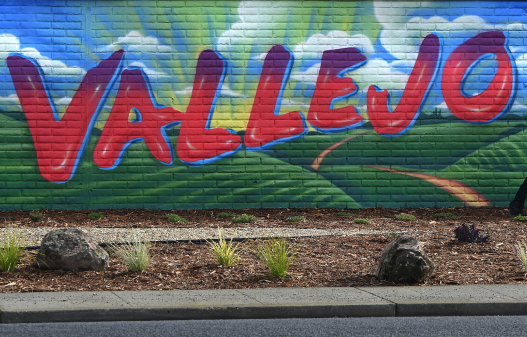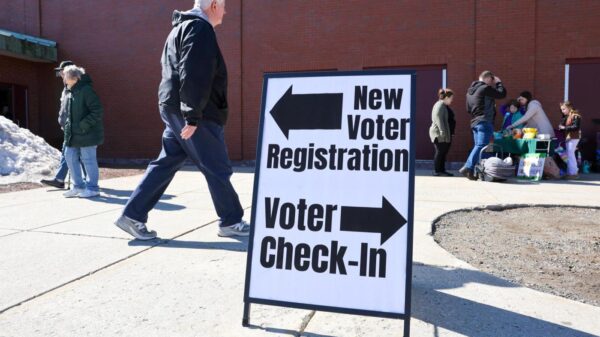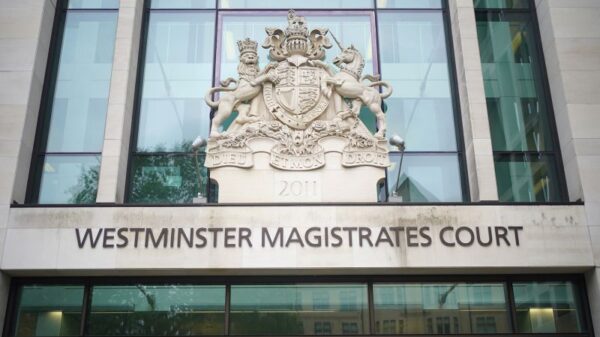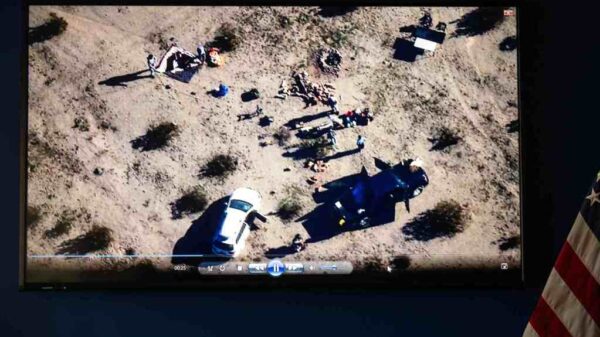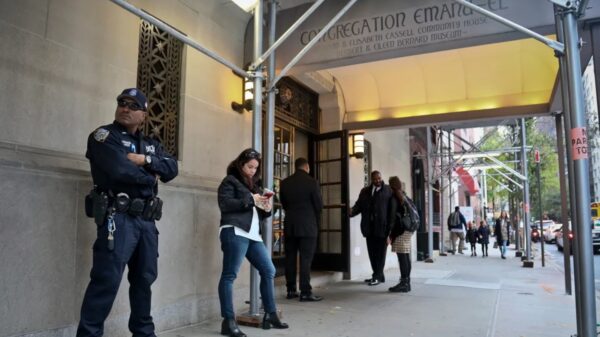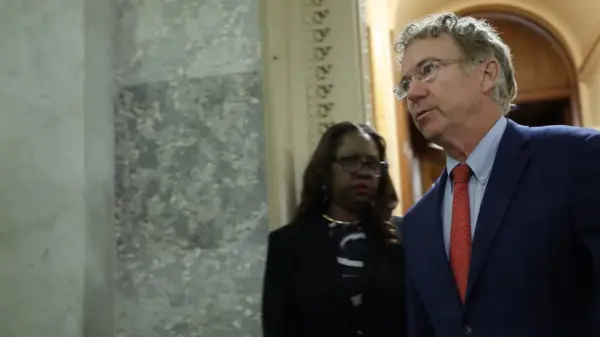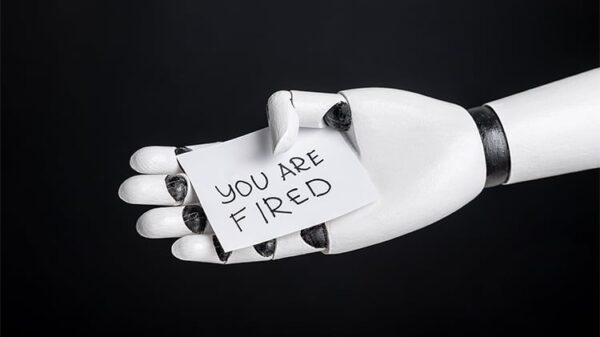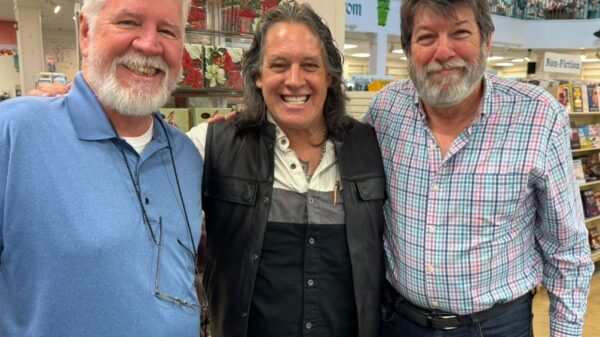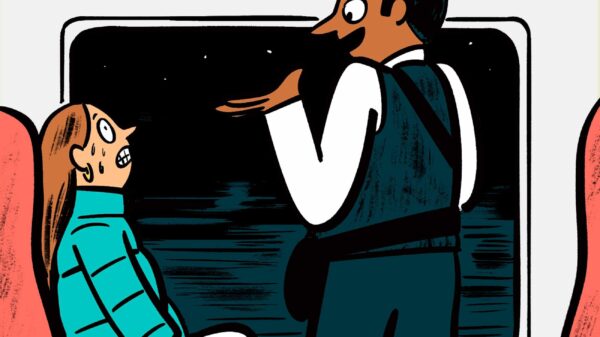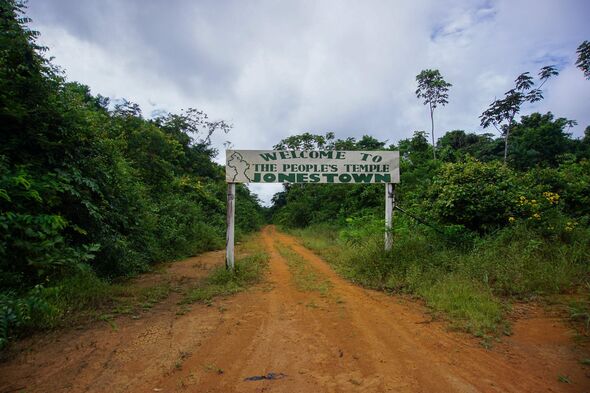UPDATE: As the world marks 47 years since the devastating Jonestown massacre, survivor Laura Kohl reveals chilling insights into her narrow escape from the tragic events that claimed 918 lives on November 18, 1978. Kohl’s story sheds light on the psychological manipulation employed by cult leader Jim Jones and the catastrophic consequences of his reign.
Kohl, who was drawn to Jones’ People’s Temple amid personal turmoil, vividly recounts her experiences that led her to the heart of the tragedy. “My life was in turmoil; I had a failed marriage and was looking for a place to be political in a safer environment,” she told the BBC. Her search for community and activism made her vulnerable to Jones’ promises of a utopian society, ultimately leading to a nightmarish reality.
The Jonestown tragedy began with escalating tensions as Jones relocated his followers to the jungles of Guyana to escape increasing media scrutiny. “I had no concerns about moving there,” Kohl recalled, reflecting on her initial excitement about joining the agricultural project. However, the harsh conditions soon took their toll, with food shortages and illness rampant among the community.
As the situation deteriorated, Congressman Leo Ryan sought to investigate reports of abuse and neglect within the commune. In a desperate attempt to control the narrative, Jones moved loyal followers like Kohl to a nearby city, Georgetown, in preparation for Ryan’s visit. “Jim Jones stacked the deck in Georgetown for Congressman Ryan’s visit,” she said, revealing the lengths to which Jones would go to maintain his grip on power.
Ryan’s visit ended tragically when he and several others were ambushed upon leaving Jonestown. This brutal act marked the beginning of the end for Jones and his followers. With the fear of impending military intervention, Jones ordered his followers to commit what he termed “revolutionary suicide.” Kohl received a harrowing radio message from Jones’ secretary, stating, “Everybody in Jonestown is dying or dead. Everybody else needs to commit revolutionary suicide right now.”
Kohl’s fortunate location spared her from the horror that unfolded in Jonestown, where over 900 individuals lost their lives to poisoned fruit punch. “Their bodies were left out in the open, in the middle of the rainforest,” she recounted, grappling with the tragedy that unfolded while she remained safe but traumatized.
The aftermath of the massacre left a profound impact on survivors like Kohl, who continue to grapple with the emotional scars. “It was just horrific,” she said, reflecting on the chaotic and botched recovery efforts. The final death toll, including the airstrip killings and the demise of Jones himself, reached a staggering 918 fatalities, a number that continues to haunt the collective memory of those who lived through the nightmare.
As the anniversary of this tragic event approaches, Kohl’s reflections serve as a poignant reminder of the dangers of charismatic leadership and the devastating consequences of blind faith. Her story emphasizes the importance of vigilance against manipulation and the need for open discussions about mental health and community support.
In a world where similar cults still exist, Kohl’s experience resonates deeply, urging society to remain aware of the signs of such dangerous ideologies. The lessons learned from Jonestown remain relevant today, highlighting the ongoing need for education and advocacy in the face of manipulation and abuse.





